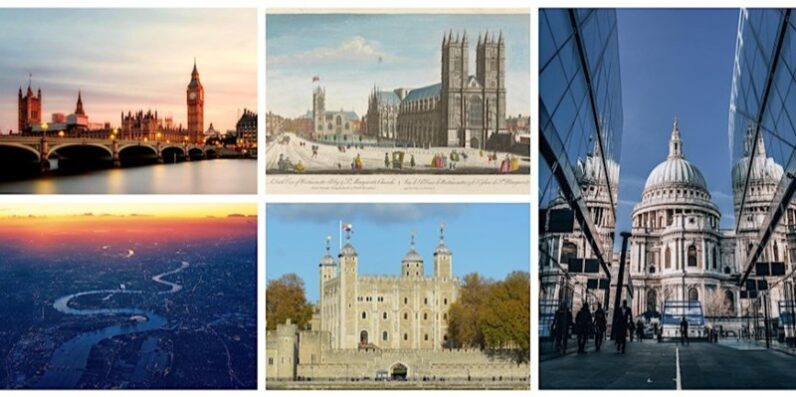
A History of London – free talk recording
Last week I did a Zoom talk for 40 or so people as a fundraiser for Prostate Cancer UK. Called “a history of London in […]

Last week I did a Zoom talk for 40 or so people as a fundraiser for Prostate Cancer UK. Called “a history of London in […]
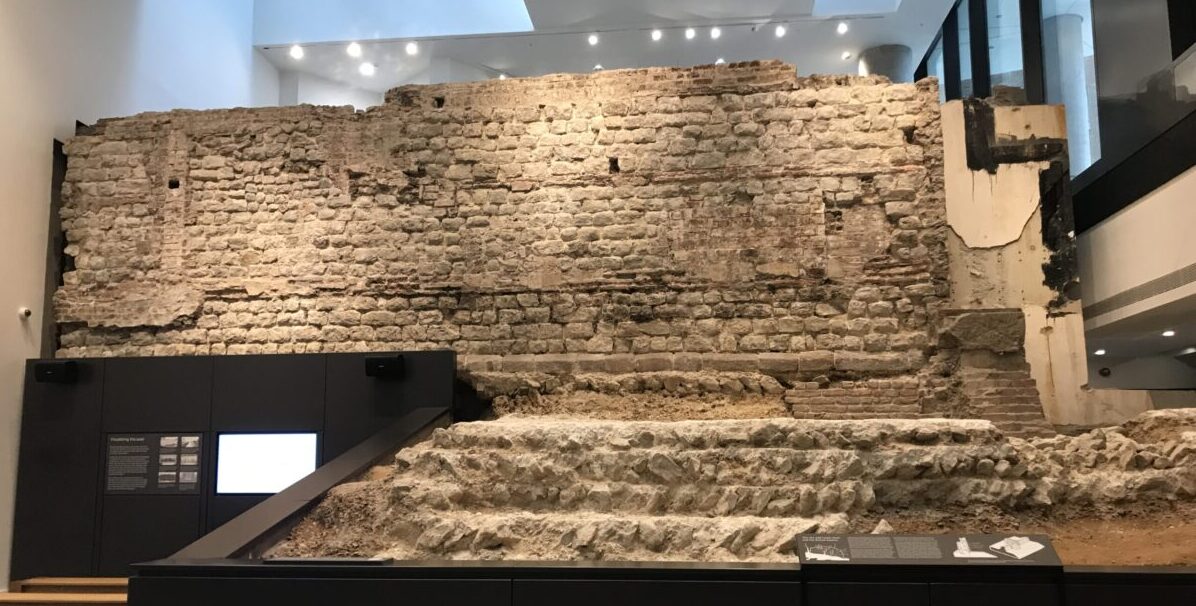
Typical, you wait ages for a post about Roman London, then three come along at once. After the Mithraeum and the Billingsgate bath house, here’s […]
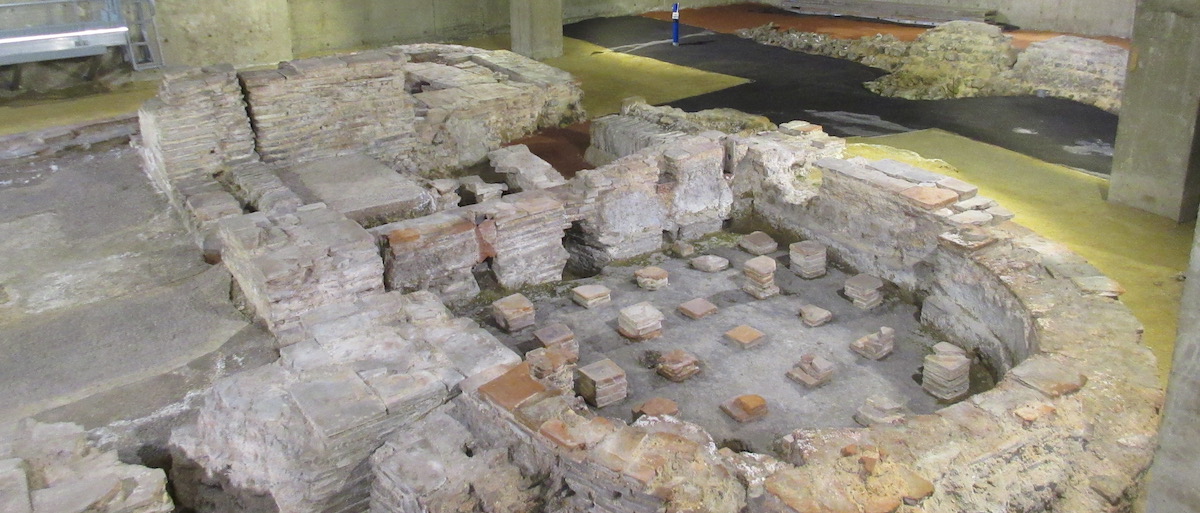
Dig a hole in the City of London and a few metres down you will hit Londinium, the original city, because before the Romans there […]

Under the Bloomberg European headquarters building in the City is the ‘London Mithraeum’, a glimpse into an obscure part of Roman London. Obscure not just […]
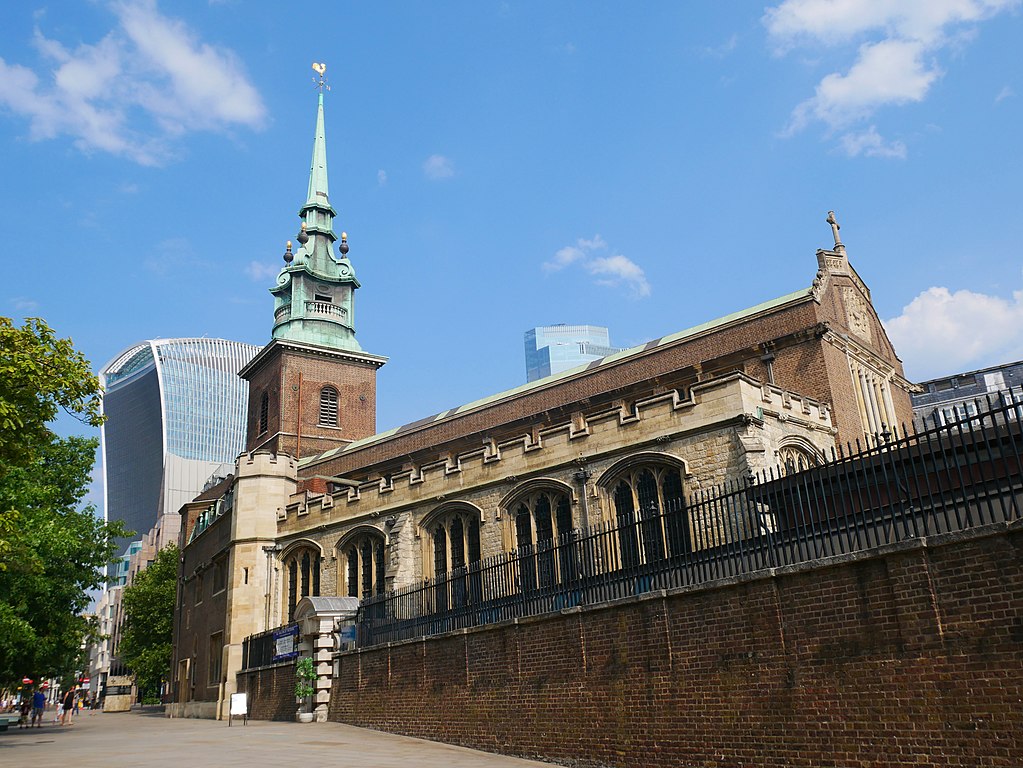
Fight your way through the crowds surrounding the Tower of London and you might just make it through to one of London’s oldest churches. All […]
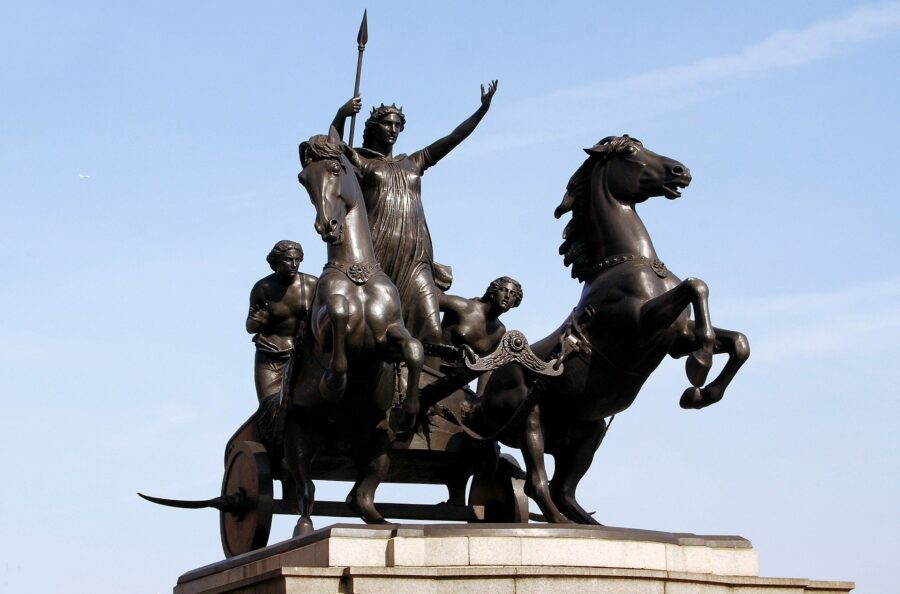
WHAT: Boudicca / Boadicea and her Daughters WHERE: Westminster Embankment (map) BY WHOM: Thomas Thorneycroft WHEN: 1902
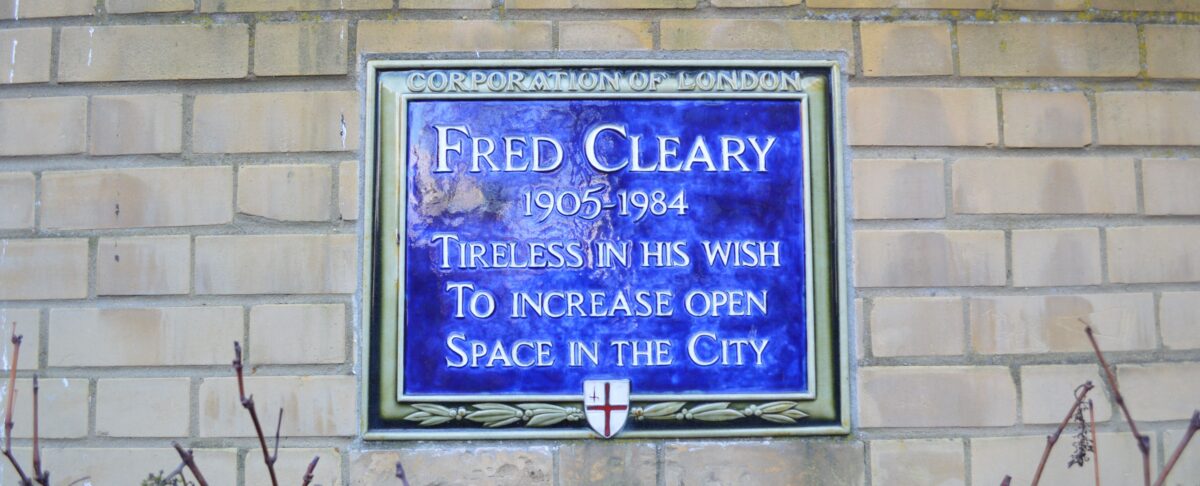
With so much noise and traffic in the City it’s sometimes nice to take a bit of time out. And that’s what places like Cleary […]
Copyright © 2024 | WordPress Theme by MH Themes